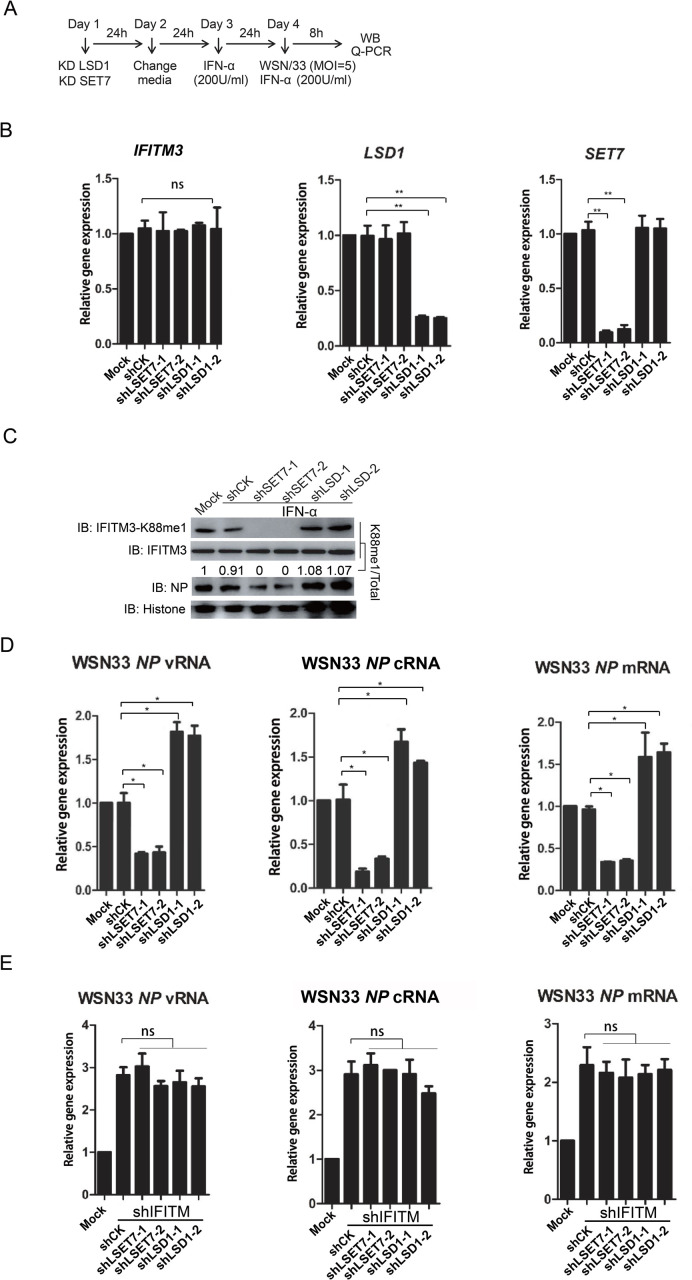Fig 3. LSD1 enhances the antiviral activity of IFITM3 against IAV infection.
Experimental procedure is shown in A. (B) Knockdown efficiency of shRNAs against SET7 and LSD1. HEK293T cells were infected by lentivirus coding shRNA against either SET7 (shSET7) or LSD1 (shLSD1) followed qPCR analyses of the mRNA levels of IFITM3, SET7 or LSD1 respectively. (C and D) Knockdown of LSD1 promotes the methylation of IFITM3 at K88, whereas, knockdown of SET7 reduces IFITM3-K88me1. Lentivirus-packaged shRNAs against either SET7 (shSET7) or LSD1 (shLSD1) were transduced into A549 cells. None-transduced A549 cells are included as control (Mock). The media was changed to fresh DMEM media 24h later. After another 24h, equal number of 5×105 cells were transferred to twelve-well plates and then treated with IFNα (200U/ml) to induce the expression of IFITM3. Mock cells were treated without IFNα. Twenty-four hours after IFNα treatment, the cells were infected with WSN at MOI = 5 and were then collected at 8h post-infection for western blotting to detect the levels of IFITM3 and IFITM3-K88me1 (C) or for qPCR to detect the vRNA, cRNA and mRNA levels of viral gene (D). (E) The effects of LSD1 and SET7 are dependent of IFITM3 expression. Experimental procedure is same as procedure shown in A except that lentivirus-packaged shRNAs against either SET7 (shSET7) and IFITM3 (shIFITM3) or LSD1 (shLSD1) and IFITM3 (shIFITM3) were transduced into A549 cells on the Day 1. Cells were then collected at 8h post-infection for qPCR to detect the vRNA, cRNA and mRNA levels of viral gene. All data are representative of more than three independent experiments, and are shown by the mean value with +s.d. ns, p >0.05; *, p <0.05; **, p <0.01; ***, p <0.001.

